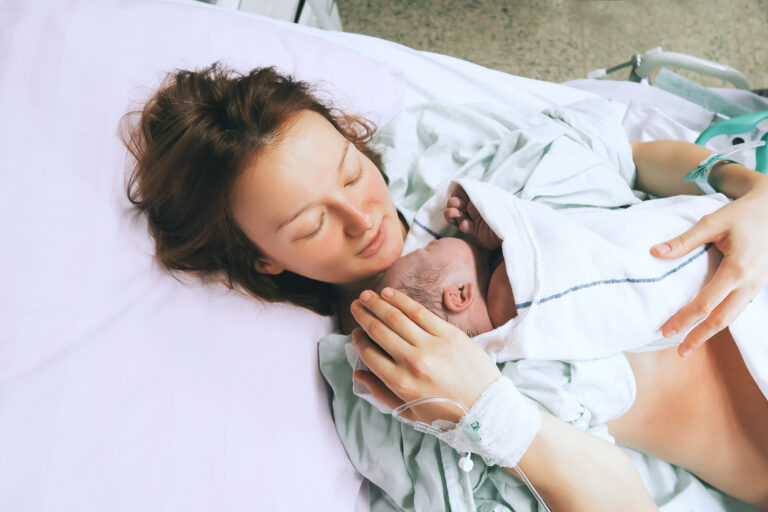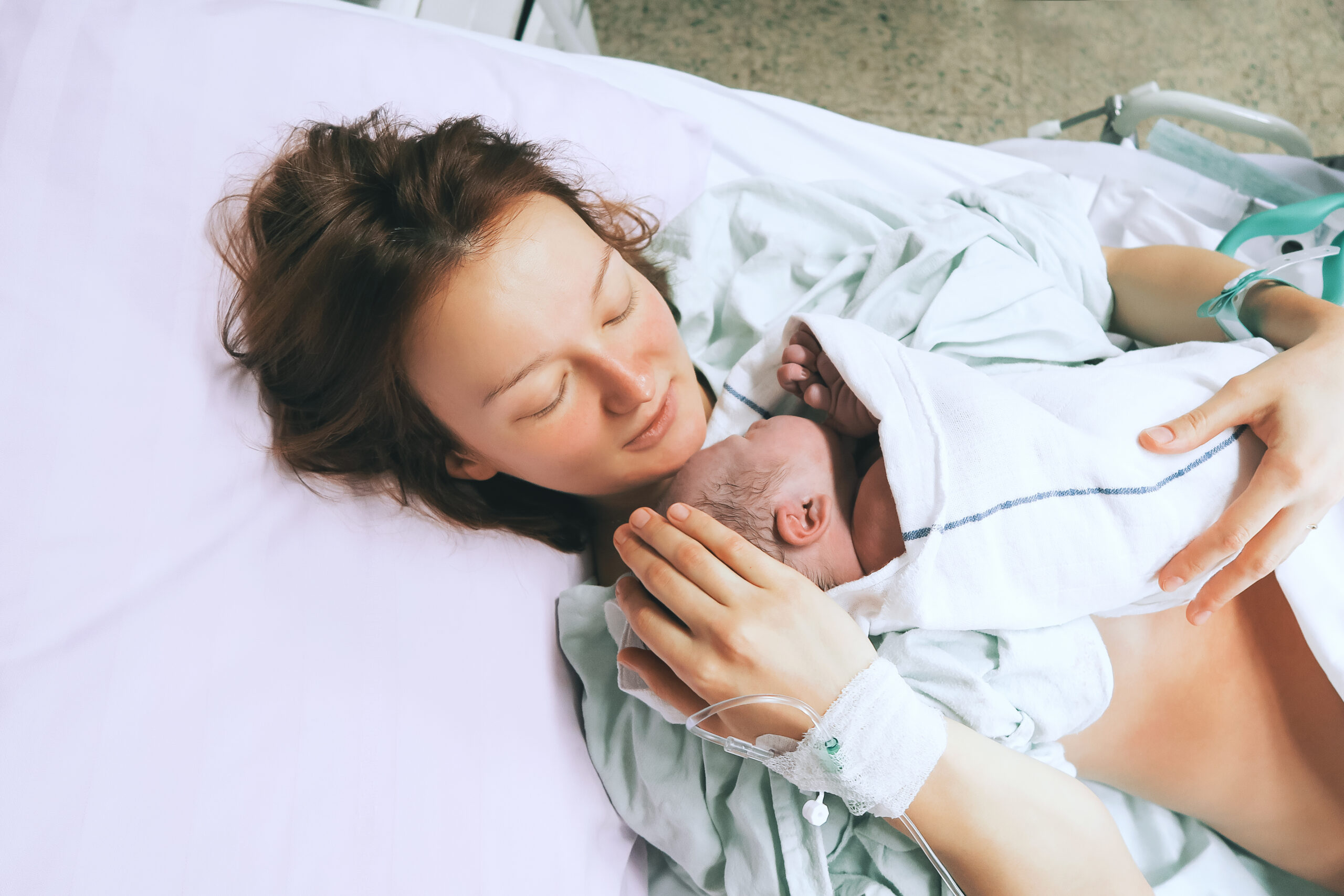
How can you avoid tearing during birth? There are ways to reduce the risk! And research shows the biggest factor is who you choose for your provider.
Your provider’s methods during birth can greatly affect your risk for tearing. Midwives tend to have much lower tear rates than doctors, for example. This is because of differences in how they approach this phase of labor.
Here are some questions to ask your doctor or midwife:
- What is your severe tear rate? (It should be less than 2%)
- What is your episiotomy rate? (It should be less than 1%)
- Will I be able to push in an upright position?
- If I have an epidural, will I be able to push in a side-lying position?
- Do you encourage spontaneous pushing?
- How do you feel about a calm, controlled birth during the pushing phase? (Slow delivery of the head)
- Do you take a hands-on or hands-off approach during pushing?
- Do you perform perineal massage during pushing?
- Are warm compresses an option?
As you look at these questions, you’ll get an idea for the 4 tips for how to avoid tearing during birth. Let’s look at the research!
1. Avoiding episiotomy helps you avoid a severe tear.
The episiotomy (when a doctor makes a surgical incision to the perineum during birth) became popular in the 1920s as a way to make more room for the baby to be born.
An episiotomy will not, however, keep you from getting a severe tear during birth. A randomized trial in 1992 showed that episiotomy went hand-in-hand with a 22 times greater risk of severe tear during birth. It also found that while doctors with high episiotomy rates had a 21% tear rate, the doctors with low episiotomy rates had a tear rate of 2%.
The trial also found that spontaneous tears were less painful than episiotomies.
Thankfully, episiotomies are not as common as they used to be. Whether or not they’re common practice can depend on where you live. It’s always a good idea to ask your provider about it just in case.
2. Warm compresses during the pushing phase can reduce tearing.
A Cochrane review found that using a warm compress on the perineum during the second stage of labor reduced the rate of severe tears by half! There is mixed evidence on other benefits of warm compresses, but it may also decrease the risk of episiotomy and urinary incontinence after birth.
This tip is a great one because it’s easy for you to do. Bring washcloths in your hospital or birth center bag. Put it in your birth plan and let your birth team know that you would like your doula or a nurse to apply a warm compress during the second stage of labor. That way they can be prepared to make room for that to happen.
3. Upright and side-lying positions can shorten the pushing phase and reduce tearing.
Doulas love upright and side-lying positions in labor because they increase the space in the pelvis for the baby to descend. But these positions also help reduce tearing during birth. Recent research suggests that upright positions are less likely to lead to tears (Rocha et al., 2020), while horizontal positions increase the risk of an episiotomy (Souza et al., 2020).
Squatting and kneeling positions can reduce your risk of tearing, but they may not be an option if you’ve had an epidural. If that’s the case, a side-lying position can help the baby’s head deliver more slowly and reduce tearing.
4. Calm, slow birth helps protect the perineum.
A roomful of nurses yelling at you to “PUSH, PUSH, PUSH!” may be a normal scene in U.S. hospitals, but it will likely lead to an unnecessary tear. A calm, relaxed environment that encourages you to push gently and spontaneously (when you feel like it) can reduce your risk for tearing. You should breathe through pushing, push nice and slow, and allow the baby’s head to be gently born between contractions.
Ask your provider (and the charge nurse if you tour the hospital’s labor and delivery unit!) if they allow for this approach to pushing. If your provider isn’t fully on board, be prepared for your doula or partner to advocate for a calm, peaceful environment during pushing.
Rocha, B.D.D., Zamberlan, C., Pivetta, H.M.F., Santos, B.Z., & Antunes, B.S. (2020). Upright positions in childbirth and the prevention of perineal lacerations: a systematic review and meta-analysis. Revista da Escola de Enfermagem da U S P, 54, e03610. PMID: 32935765
Souza, M.R.T., Farias, L.M.V.C., Ribeiro, G.L., Coelho, T.D.S., Costa, C.C.D., & Damasceno, A.K.C. (2020). Factors related to perineal outcome after vaginal delivery in primiparas: a cross-sectional study. Revista da Escola de Enfermagem da U S P, 54, e03549. PMID: 32187311

